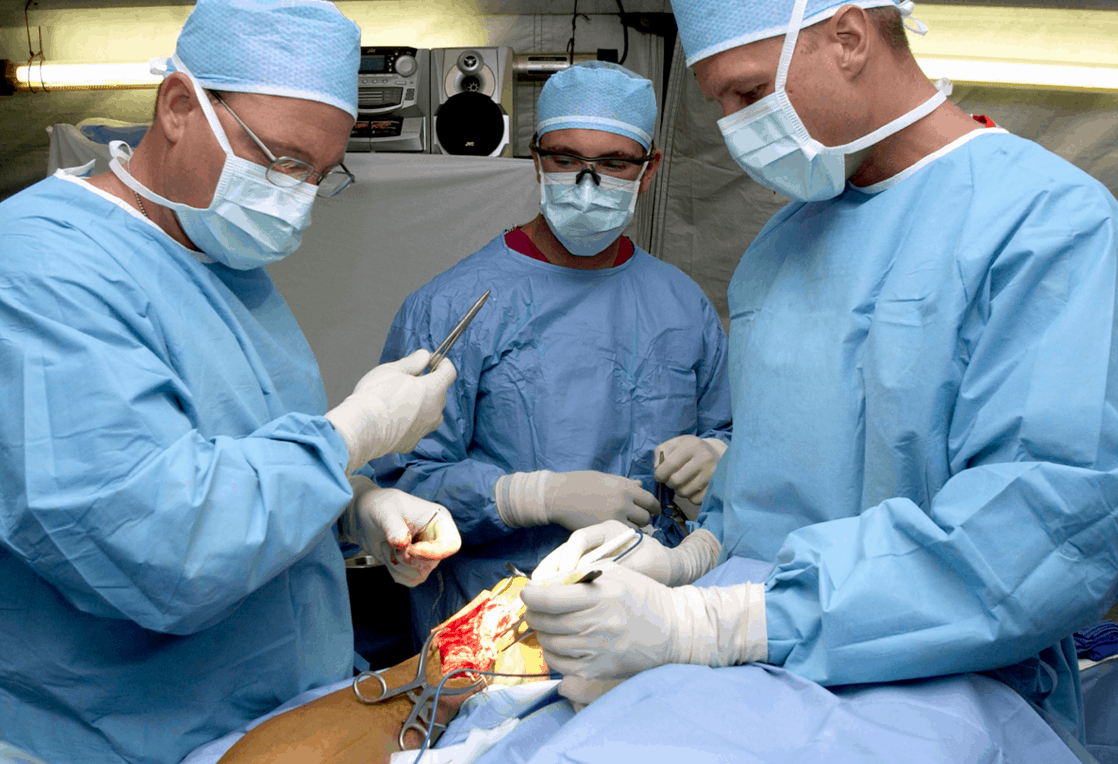October 15, 2015

The Question
What is the efficacy of antibiotic prophylaxis for surgery and cancer chemotherapy on preventing infections and infection-related deaths in the United States? How would decreased antibiotic efficacy due to antibiotic resistance contribute to additional deaths and infections at different rates of reduced efficacy?
What we found
Why it matters
The declining efficacy of prophylactic antibiotics could jeopardize six million medical procedures each year in the United States. Antibiotic resistance is a growing and dire public health problem, and will only worsen if nothing is done to curb the problem. For surgical and cancer chemotherapy patients, who rely on prophylaxis to protect them from potentially life-threatening illnesses, declining antibiotic efficacy could turn routine procedures into life-threatening ones.

